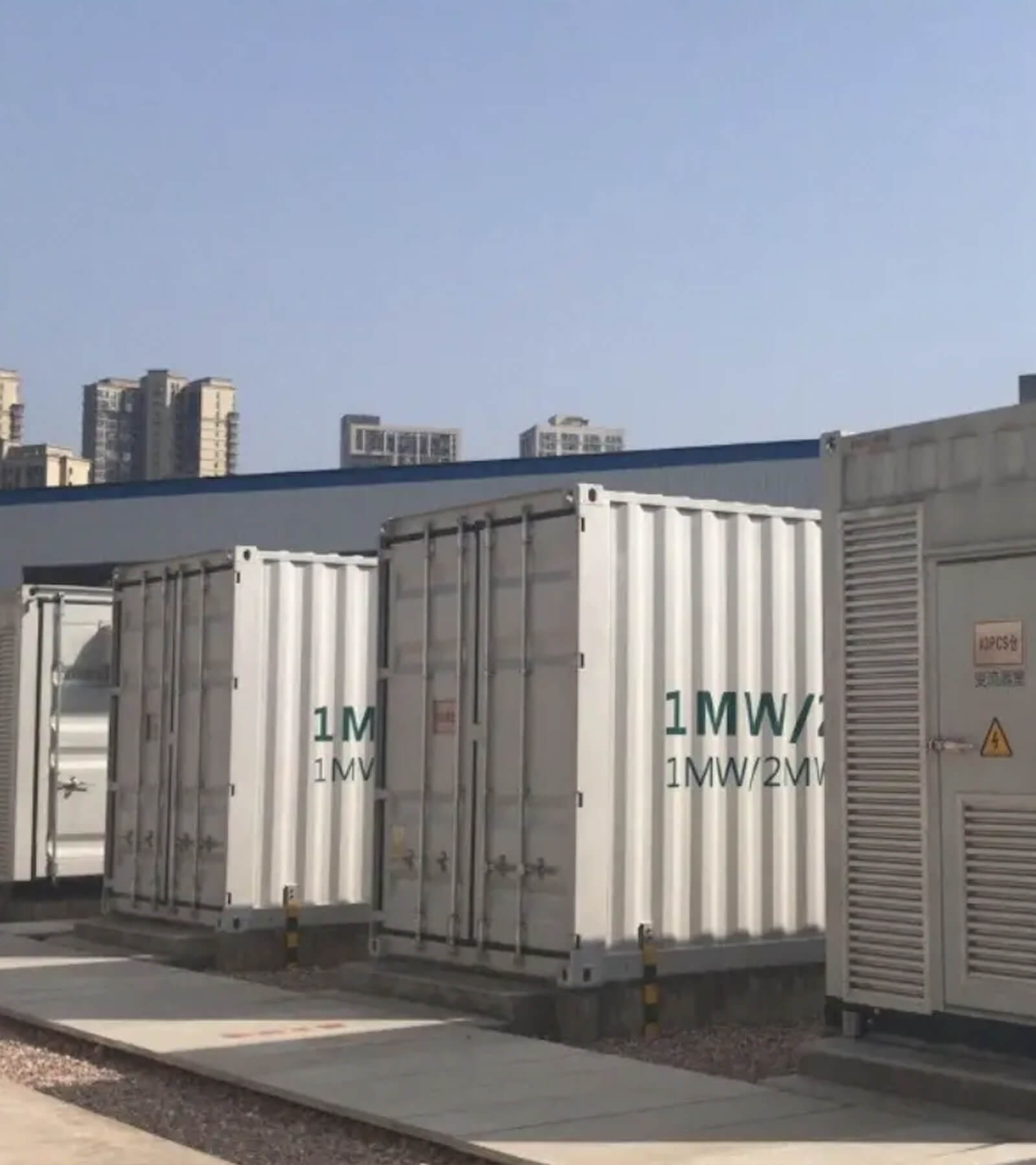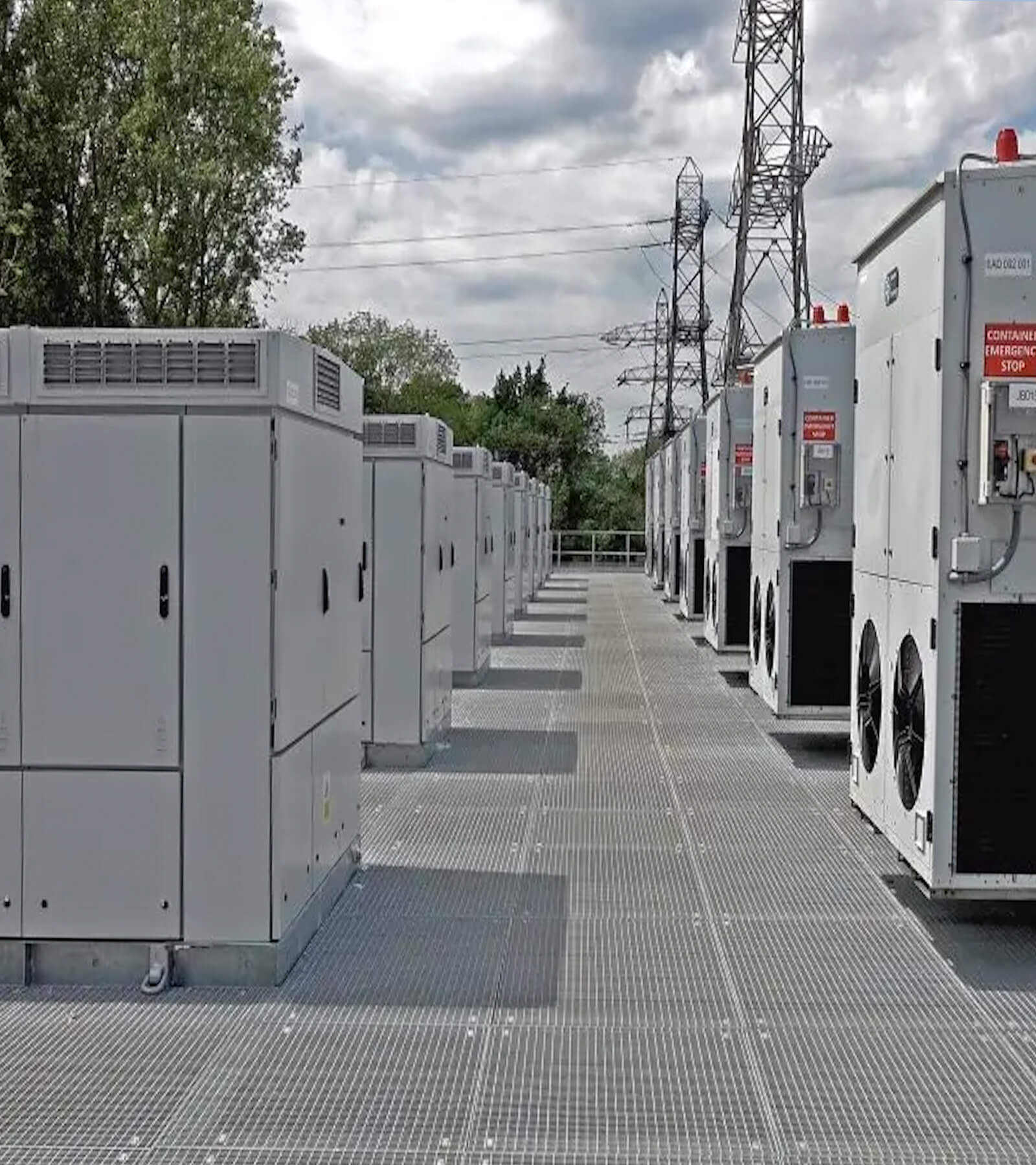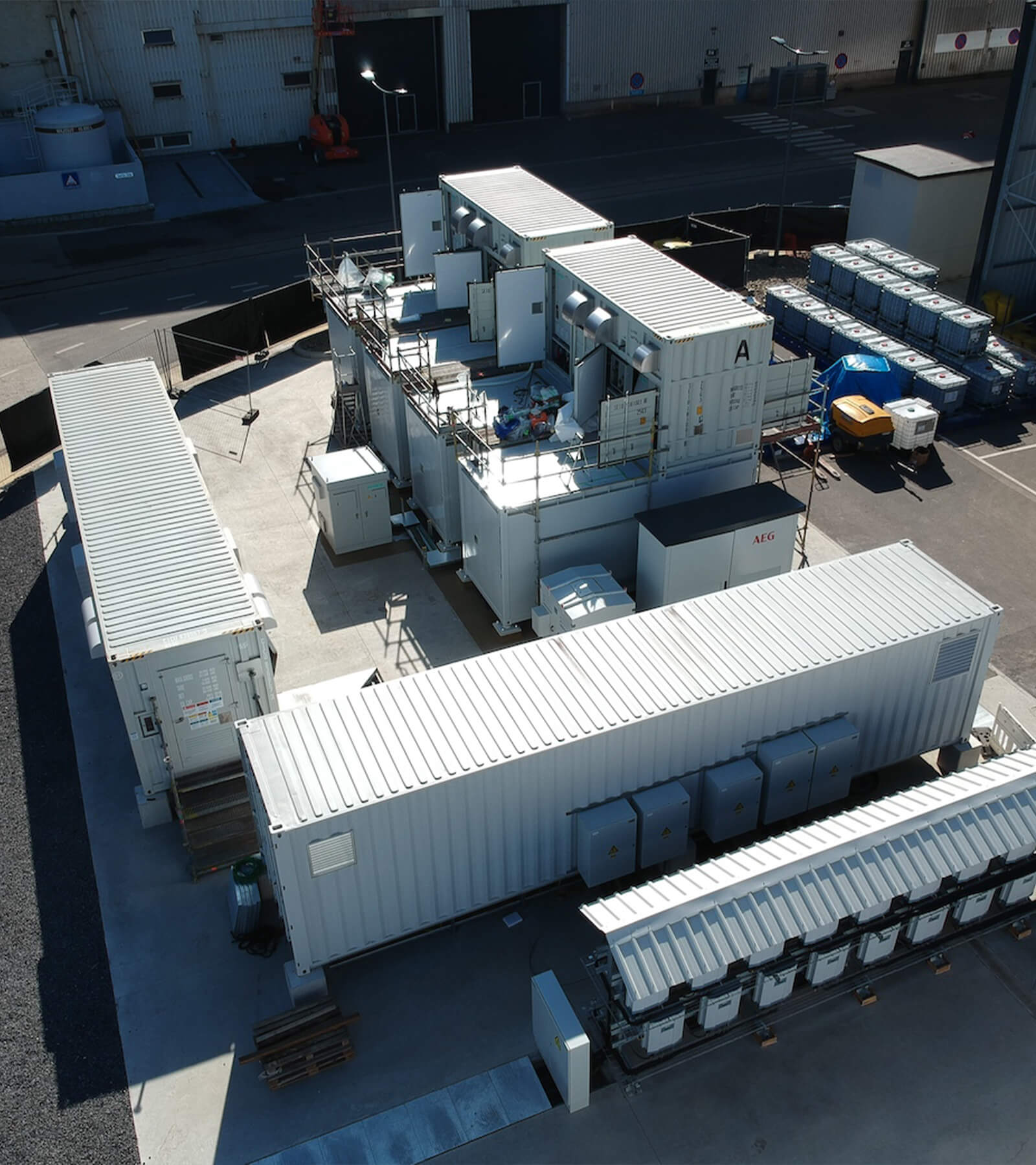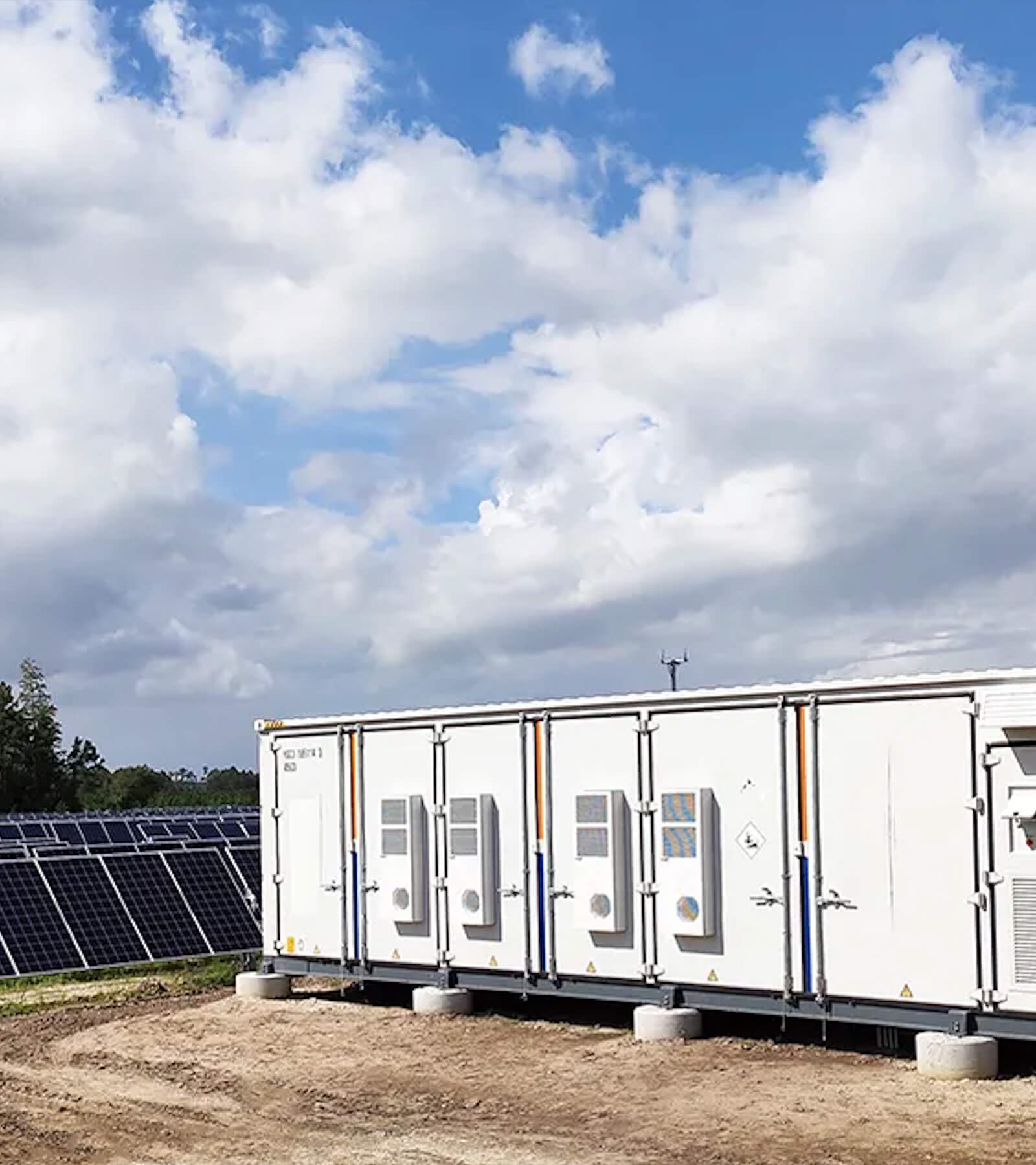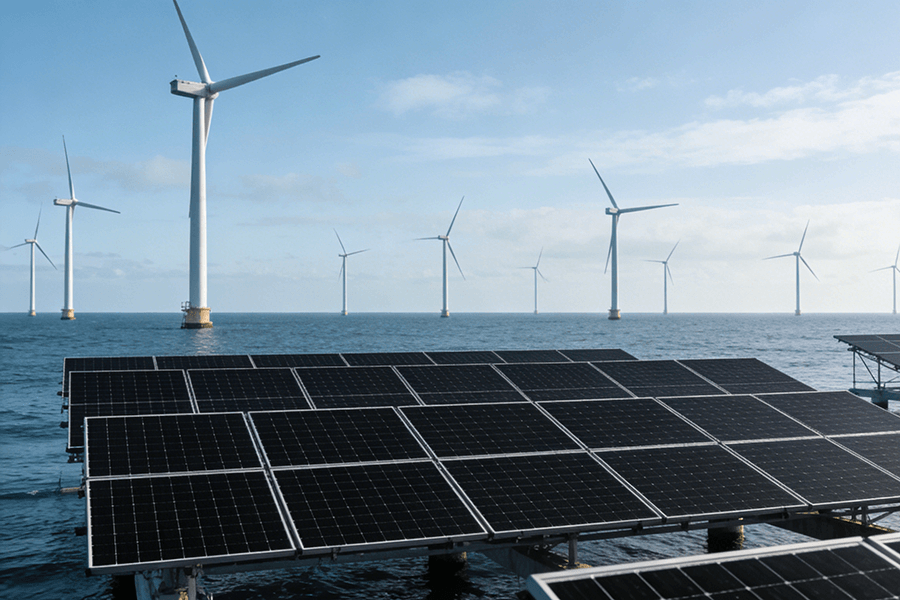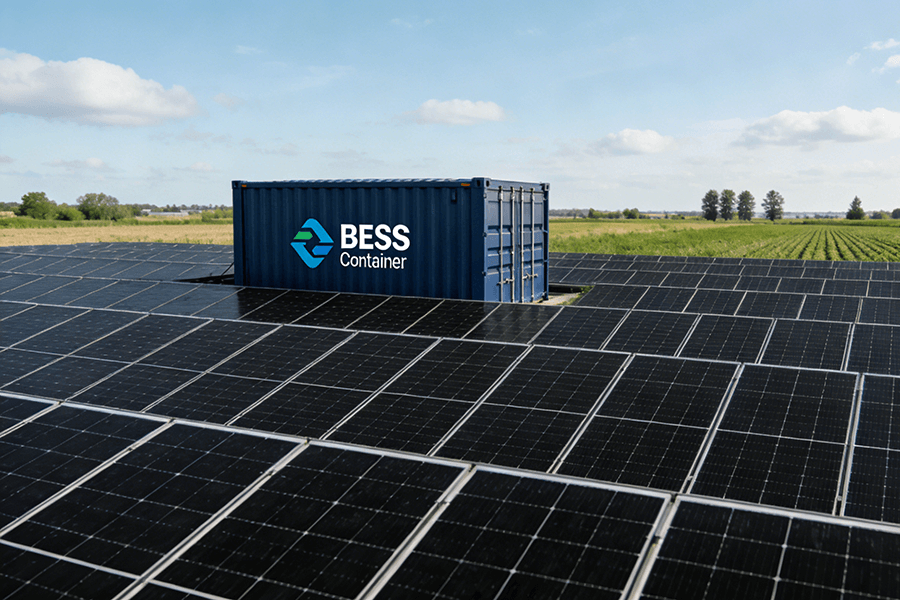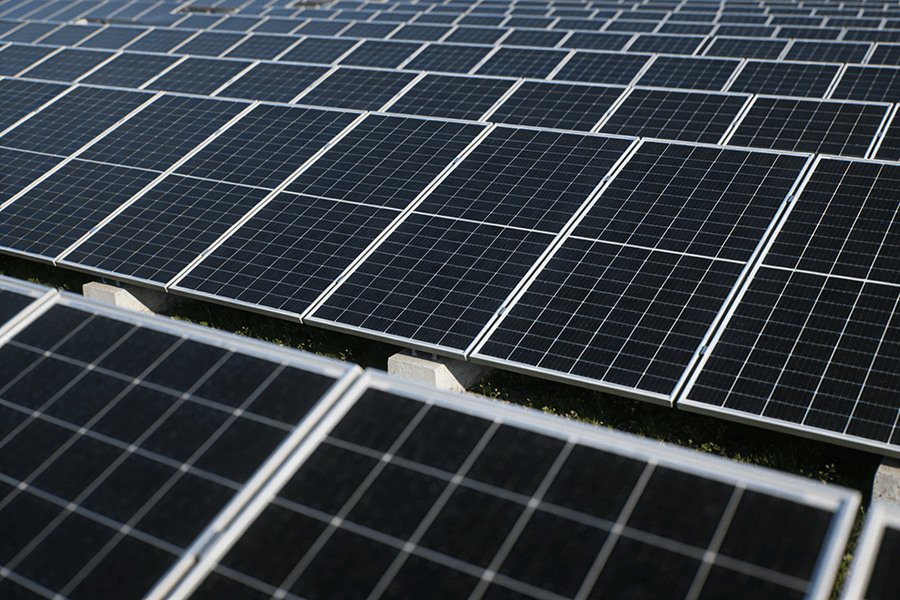Maxbo is committed to providing tailored energy storage solutions that guarantee reliable and efficient energy supply for industries across Europe. In this article, we take a customer-centered approach to explore how energy storage systems ensure stability and optimize power consumption. Each section focuses on a real-world case study, demonstrating how our solutions help businesses with backup power, peak shaving, load balancing, and more. Energy Storage Industries
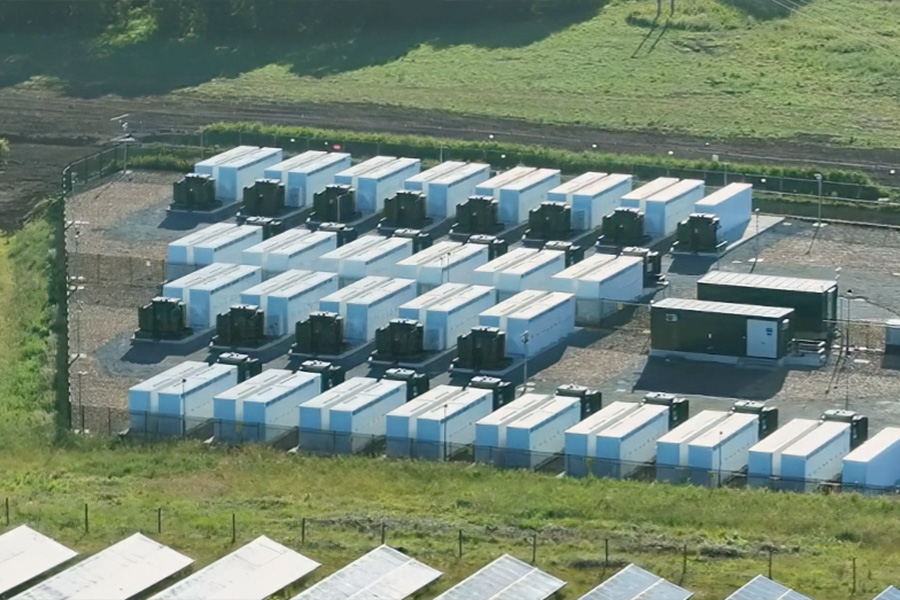
Backup Power Sources
Customer Case: Manufacturing Plant in Germany
A manufacturing plant in Germany with 100 kW of critical load requires a 300 kWh backup system to ensure that it remains operational during power outages.
Backup Power Configuration
We calculated the required backup capacity using the following formula:
- Required Backup Capacity (kWh)=Critical Load Demand (kW)×Backup Duration (hours)
For this case:
- Required Backup Capacity=100 kW×3 hours=300 kWh
Backup System Logic
The backup system is designed to cover 3 hours of operation. Given the importance of avoiding downtime, the system ensures seamless operation in case of power interruptions. For this facility, investing in a 300 kWh backup system guarantees that critical equipment continues running during grid outages.
| Parameter | Value |
|---|---|
| Critical Load Demand | 100 kW |
| Backup Duration | 3 hours |
| Backup Capacity | 300 kWh |
Data Source: International Energy Agency (IEA)
For more on backup power systems and reliability, refer to the IEA’s report on energy storage in industrial applications: IEA Energy Storage Report.
Peak Shaving and Valley Filling
Customer Case: Retail Chain in Italy
A retail chain in Italy operates 10 stores with fluctuating energy usage, especially during peak hours. The goal is to reduce energy costs by using peak shaving with energy storage.
Peak Shaving Strategy
The retail chain uses energy storage to charge during off-peak hours (nighttime) when the electricity rate is €0.10 per kWh, and discharge during peak hours (daytime) when rates rise to €0.20 per kWh.
For this calculation, let’s assume that the system stores and discharges 1,000 kWh of energy during the day:
- Savings=1000 kWh×(€0.20−€0.10)=€100
Thus, by employing peak shaving, the retail chain saves €100 per day.
| Parameter | Value |
|---|---|
| Off-Peak Price | €0.10/kWh |
| Peak Price | €0.20/kWh |
| Stored Energy | 1,000 kWh |
| Daily Savings | €100 |
Data Source: European Commission
For detailed studies on peak shaving and its benefits, see the European Commission’s report on electricity pricing and storage strategies: EC Energy Storage Report.
Load Balancing with Optimal Design
Customer Case: Luxury Hotel in Spain
A luxury hotel in Spain experiences a daily energy consumption of 1,200 kWh, with peak demands of 1,500 kW for 4 hours during the evening. To ensure a stable energy supply, Maxbo designed an energy storage system with a capacity of 7,200 kWh.
Design Calculation
Using the formula for load balancing:
- Required Storage Capacity=Average Daily Energy Consumption+Peak Load×Backup Duration
Substituting values:
- Required Storage Capacity=1200 kWh+(1500 kW×4 hours)=7,200 kWh
Why This Configuration?
The system is designed to handle both daily energy needs and peak loads, ensuring that the hotel is not reliant on the grid during high-demand periods. This helps the hotel avoid high energy costs and provides reliable power during peak hours.
| Parameter | Value |
|---|---|
| Average Daily Consumption | 1,200 kWh |
| Peak Load | 1,500 kW |
| Backup Duration | 4 hours |
| Required Storage Capacity | 7,200 kWh |
Data Source: The European Network of Transmission System Operators for Electricity (ENTSO-E)
For more on optimizing load balancing in energy systems, refer to the ENTSO-E publication on energy storage: ENTSO-E Energy Storage.
The Effects of Aging and Faults
Customer Case: Industrial Warehouse in Sweden
An industrial warehouse in Sweden uses an energy storage system that was installed 6 years ago. Due to the aging of the batteries, the warehouse is experiencing reduced capacity. Originally designed with a 200 kWh capacity, the system now provides only 150 kWh after 25% degradation.
Battery Degradation Calculation
The remaining capacity is calculated as follows:
- Remaining Capacity=Initial Capacity×(1−Degradation Rate)
For this case:
- Remaining Capacity=200 kWh×(1−0.25)=150 kWh
Solution: Maintenance and Upgrades
The warehouse performs regular battery maintenance and upgrades the system every 5-7 years. This ensures reliable performance by replacing aging batteries before they reach critical failure points.
| Parameter | Value |
|---|---|
| Initial Battery Capacity | 200 kWh |
| Degradation Rate | 25% |
| Remaining Battery Capacity | 150 kWh |
Data Source: Battery University
For more information on battery aging and performance, refer to Battery University’s research: Battery University – Aging Effects.
The Impact of Environmental Conditions and Temperature
Customer Case: Manufacturing Facility in Northern Europe
A manufacturing facility in northern Europe operates in sub-zero temperatures during winter. To ensure that the energy storage system performs optimally, Maxbo installed a heating system to maintain the battery temperature at 20°C.
Temperature Impact on Battery Performance
Batteries perform best between 20°C and 25°C. Below 0°C, battery capacity can decrease by up to 30%. The heating system ensures that the batteries do not lose capacity in cold conditions.
Environmental Control Cost
The addition of a heating system to maintain optimal temperature conditions increased the initial installation cost by 10%-15%. However, this investment improved the system’s efficiency by 25% during cold months, resulting in long-term savings.
| Temperature Range | Battery Performance | Efficiency Impact |
|---|---|---|
| Below 0°C | Reduced capacity | 30% loss |
| 0°C to 20°C | Moderate performance | 10% loss |
| 20°C to 25°C | Optimal performance | Best efficiency |
| Above 25°C | Increased degradation | 10%-15% loss |
Data Source: International Renewable Energy Agency (IRENA)
For more on the effects of temperature on battery performance, see IRENA’s detailed report on energy storage: IRENA Storage Report.
Conclusion
Maxbo’s energy storage solutions are designed with the customer’s needs in mind, ensuring reliability and efficiency for businesses across Europe. By understanding the specific requirements for backup power, peak shaving, load balancing, aging effects, and temperature management, we provide optimal systems that help businesses reduce costs and increase operational stability.
If you’re looking to improve your energy efficiency and stability, Maxbo’s tailored solutions can help you achieve your goals. For more information, visit Maxbo Solar.
Email: [email protected]

